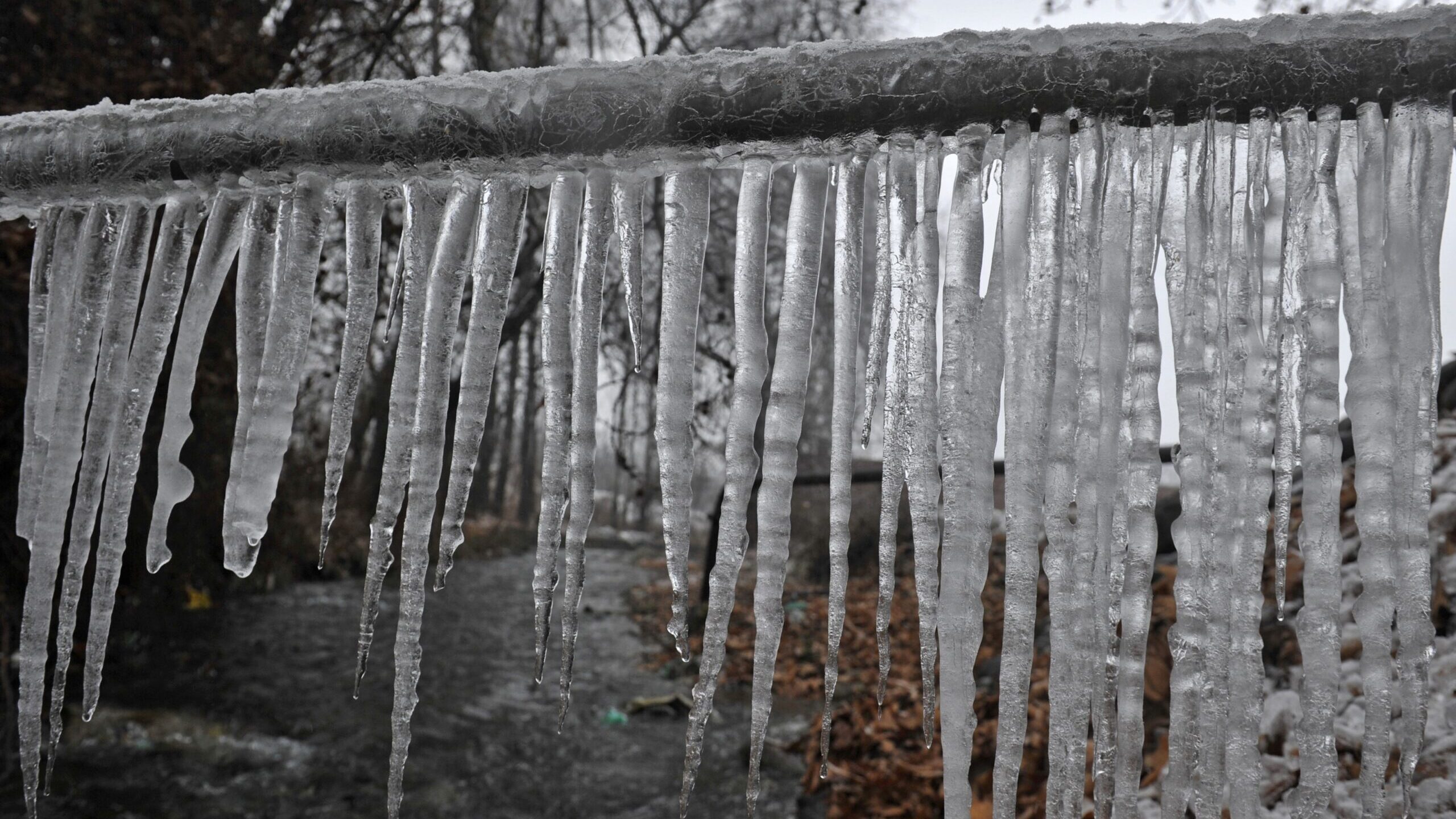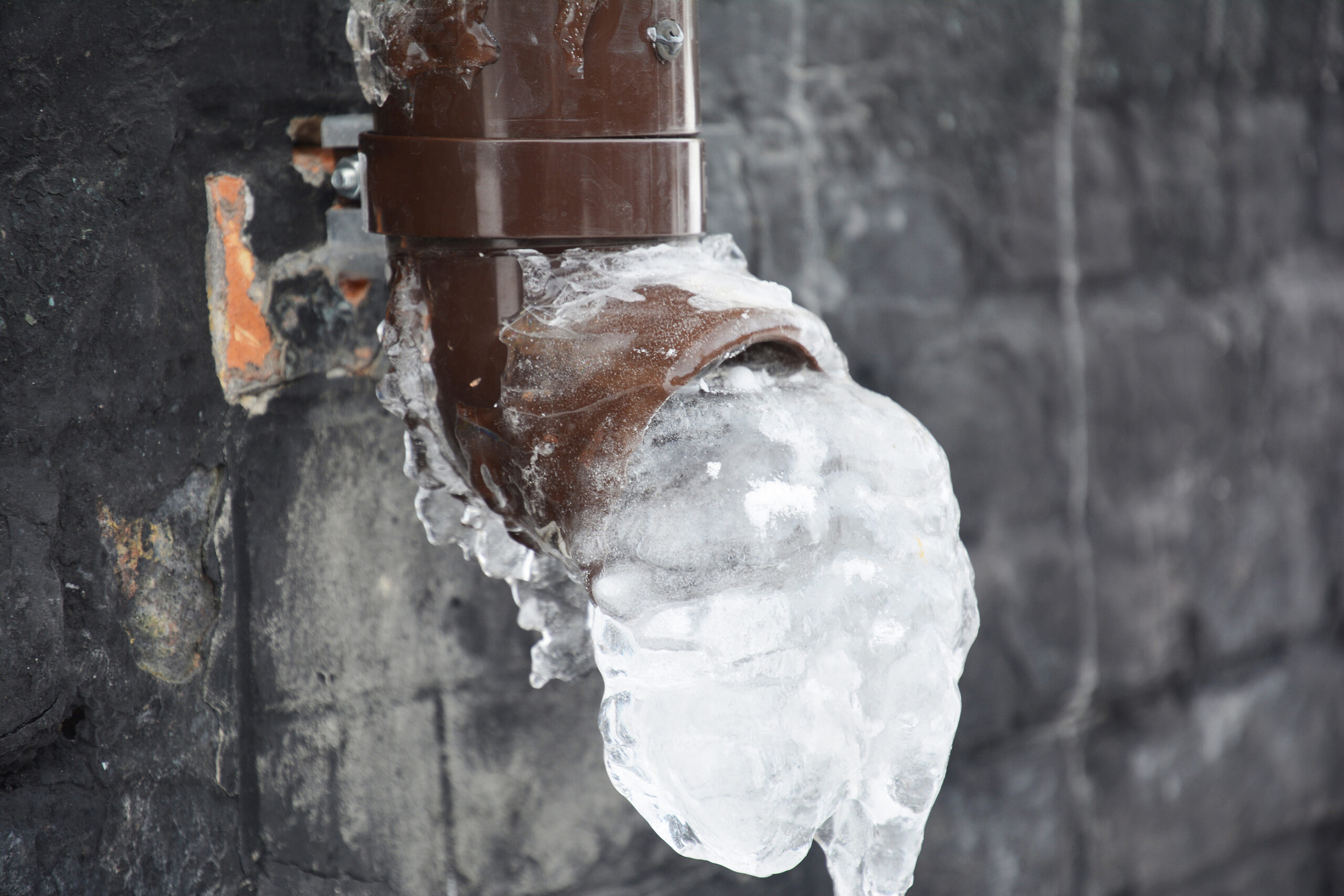What're your thoughts and feelings on Prevent Frozen Pipes ?

Cold weather can damage your plumbing, especially by freezing pipelines. Right here's how to stop it from occurring and what to do if it does.
Introduction
As temperatures drop, the risk of frozen pipelines rises, possibly causing expensive repair work and water damage. Recognizing just how to avoid frozen pipelines is critical for home owners in chilly environments.
Comprehending Frozen Pipelines
What causes pipelines to ice up?
Pipelines ice up when subjected to temperatures listed below 32 ° F (0 ° C) for prolonged durations. As water inside the pipes ices up, it broadens, putting pressure on the pipeline walls and possibly causing them to rupture.
Risks and problems
Icy pipes can result in water interruptions, home damages, and pricey repairs. Ruptured pipes can flood homes and create comprehensive architectural damage.
Indicators of Frozen Water Lines
Determining frozen pipes early can prevent them from bursting.
How to determine icy pipes
Search for reduced water circulation from taps, uncommon odors or noises from pipes, and noticeable frost on exposed pipes.
Prevention Tips
Shielding susceptible pipes
Cover pipes in insulation sleeves or use warm tape to secure them from freezing temperature levels. Concentrate on pipelines in unheated or outside locations of the home.
Home heating techniques
Maintain indoor areas appropriately heated up, especially areas with pipes. Open cupboard doors to enable cozy air to distribute around pipes under sinks.
Safeguarding Outdoor Pipes
Garden pipes and outside faucets
Disconnect and drain garden hoses prior to winter season. Install frost-proof spigots or cover outdoor taps with shielded caps.
What to Do If Your Pipelines Freeze
Immediate activities to take
If you think frozen pipelines, maintain taps available to ease stress as the ice melts. Make use of a hairdryer or towels soaked in hot water to thaw pipelines gradually.
Long-Term Solutions
Architectural modifications
Consider rerouting pipelines away from outside wall surfaces or unheated locations. Add additional insulation to attic rooms, cellars, and crawl spaces.
Updating insulation
Purchase top notch insulation for pipelines, attics, and wall surfaces. Appropriate insulation aids maintain consistent temperatures and lowers the threat of frozen pipelines.
Final thought
Protecting against icy pipelines needs proactive measures and fast responses. By comprehending the reasons, indicators, and preventive measures, house owners can protect their pipes throughout cold weather.
5 Ways to Prevent Frozen Pipes
Drain Outdoor Faucets and Disconnect Hoses
First, close the shut-off valve that controls the flow of water in the pipe to your outdoor faucet. Then, head outside to disconnect and drain your hose and open the outdoor faucet to allow the water to completely drain out of the line. Turn off the faucet when done. Finally, head back to the shut-off valve and drain the remaining water inside the pipe into a bucket or container. Additionally, if you have a home irrigation system, you should consider hiring an expert to clear the system of water each year.
Insulate Pipes
One of the best and most cost-effective methods for preventing frozen water pipes is to wrap your pipes with insulation. This is especially important for areas in your home that aren’t exposed to heat, such as an attic. We suggest using foam sleeves, which can typically be found at your local hardware store.
Keep Heat Running at 65
Your pipes are located inside your walls, and the temperature there is much colder than the rest of the house. To prevent your pipes from freezing, The Insurance Information Institute suggests that you keep your home heated to at least 65 degrees, even when traveling. You may want to invest in smart devices that can keep an eye on the temperature in your home while you’re away.
Leave Water Dripping
Moving water — even a small trickle — can prevent ice from forming inside your pipes. When freezing temps are imminent, start a drip of water from all faucets that serve exposed pipes. Leaving a few faucets running will also help relieve pressure inside the pipes and help prevent a rupture if the water inside freezes.
Open Cupboard Doors
Warm your kitchen and bathroom pipes by opening cupboards and vanities. You should also leave your interior doors ajar to help warm air circulate evenly throughout your home.

As an enthusiastic person who reads on Winter Plumbing Precautions: Preventing Frozen Pipes, I thought sharing that piece of content was appropriate. Loved our blog posting? Please share it. Let someone else find it. Thanks a lot for your time invested reading it.
Call Today
Comments on “Crucial Tips for Avoiding Frozen Pipes in Cold Weather Conditions”